On This Day...February 20th
On February 20, 1942, Lt. Edward O’Hare took off from the aircraft carrier USS Lexington in a raid against the Japanese at Rabaul and landed as America’s first flying ‘ace’. Rabaul, a small town at the very Northern tip of New Britain island, had been invaded in January by the Japanese and essentially transformed into a floating air base. The Lexington‘s mission was to disrupt and harry the Japanese position on Rabaul with a surprise bombing raid.
Aboard the Lexington was U.S. Navy fighter pilot Lt. Edward O’Hare, attached to Fighting Squadron 3 when the United States entered the war after Pearl. As the Lexington left Bougainville (the largest of the Solomon Islands in the South Pacific) for Rabaul, ship radar picked up Japanese bombers headed straight for the carrier.
O’Hare and his team took off in Grunman F4F Wildcats and the rest was history. ‘Butch’ became the first naval recipient of the Medal of Honor in World War II, later (despite being born and raised in St Louis...almost Illinois) to have Chicago airport renamed in his Honor. Butch’s father, a Chicago native, was instrumental in Al Capone’s capure in 1931 - and was gunned down just as Capone was paroled in 1939. Another (complicated) story...
(Replica of Butch’s F4F in O’Hare airport)
Medal of Honor citation;
“For conspicuous gallantry and intrepidity in aerial combat, at grave risk of his life above and beyond the call of duty, as section leader and pilot of Fighting Squadron 3 on 20 February 1942.”
“Having lost the assistance of his teammates, Lt. O'Hare interposed his plane between his ship and an advancing enemy formation of 9 attacking twin-engine heavy bombers. Without hesitation, alone and unaided, he repeatedly attacked this enemy formation, at close range in the face of intense combined machinegun and cannon fire. Despite this concentrated opposition, Lt. O'Hare, by his gallant and courageous action, his extremely skillful marksmanship in making the most of every shot of his limited amount of ammunition, shot down 5 enemy bombers and severely damaged a sixth before they reached the bomb release point.”
“As a result of his gallant action--one of the most daring, if not the most daring, single action in the history of combat aviation--he undoubtedly saved his carrier from serious damage.”
In the very battle described above, this remarkable series of photos were taken of Imperial Japanese Navy Mitsubishi G4M ‘Betty’ bomber plunging towards the water after being shot down by Butch’s ‘white 15’. O'Hare's concentrated fire caused the plane's port engine nacelle to quite literally jump out of its mountings and fall from the plane (look carefully at the photos and you can actually see this). The pilot tried, but missed, to hit the Lexington.
U534, on of only a handful of preserved German submarines left in the world, was laid down on 20th February, 1942.
A very rare bird. On 20th February 1943 this Blackburn aircraft hit steel cables belonging to the overhead bucket system of ‘Earle's Cement Works’ in Brough, England, while attempting to make a forced landing after it suffered engine failure on a test flight.
It was found that the engine failed because of a broken fuel or oil pipe. The ‘Firebrand’ was one of three prototypes of this design. The remains of the aircraft were salvaged and rebuilt as the first strike "TFII" prototype. Development was almost as slow as the aircraft itself and the first production Firebrand was only delivered after the end of the war. Just a few hundred were built before it was withdrawn from front-line service in 1953.
Below is a Blackburn Firebrand taxiing on HMS Illustrious during trials.
Medics at work on Invasion beach, Iwo Jima, on February 20th, 1945.
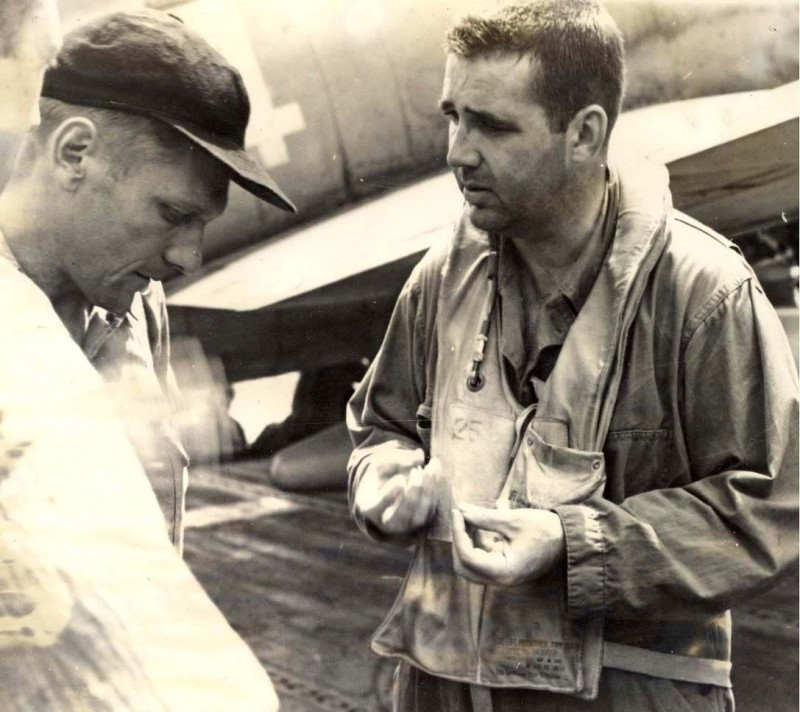


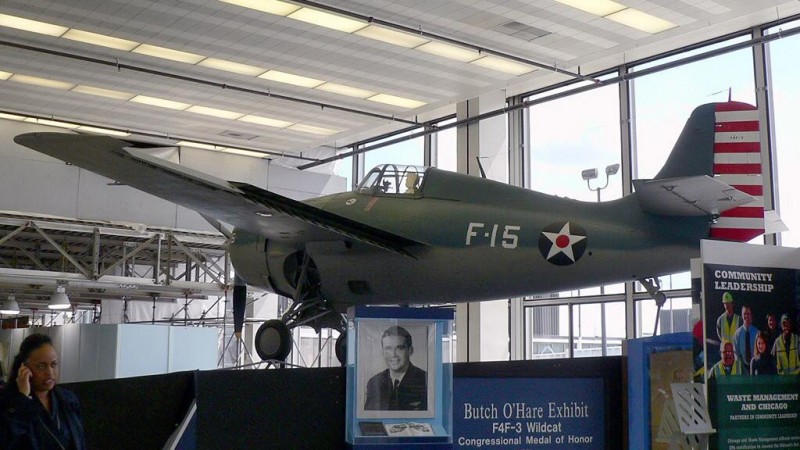

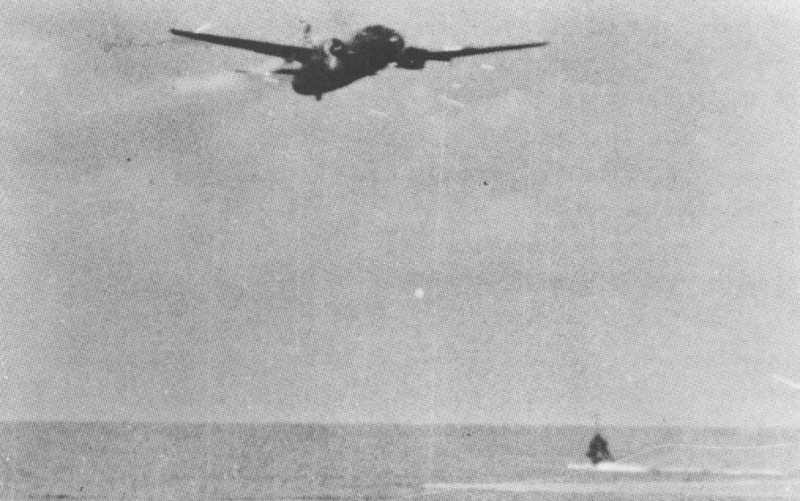
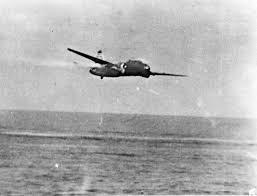
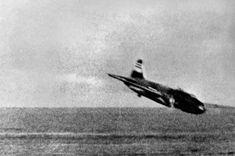
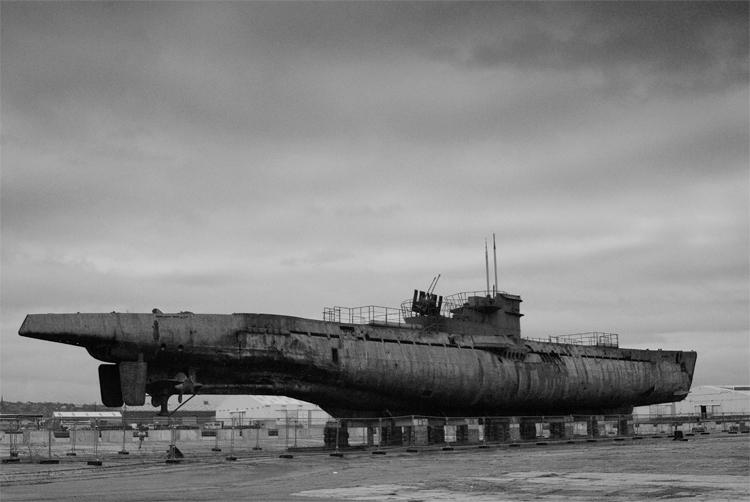
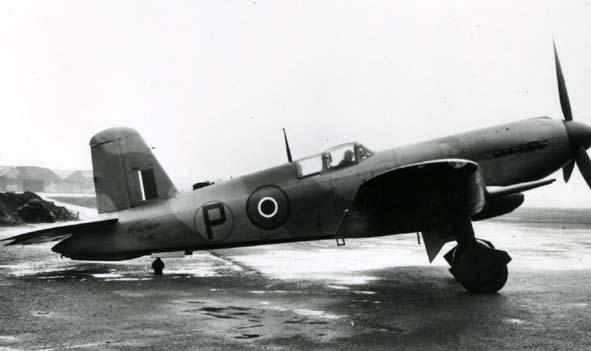

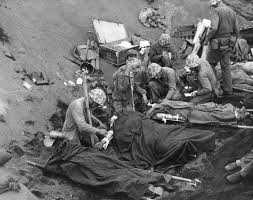
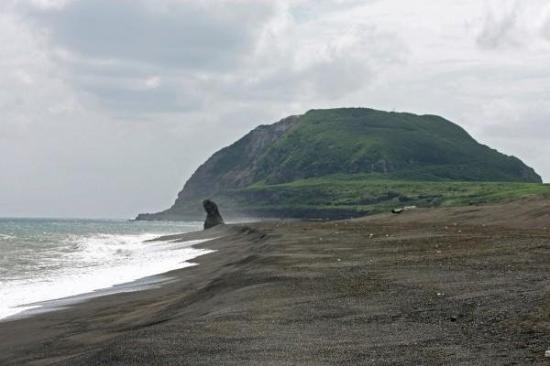
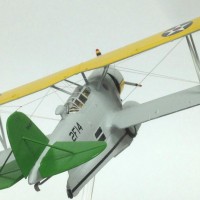
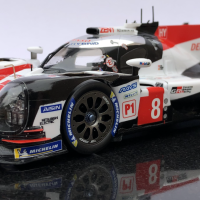
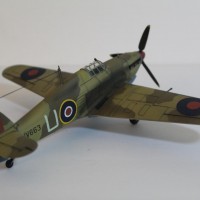
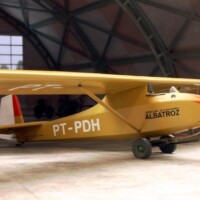
The photo of the beach at Iwo Jima is an unsettling one, I find it difficult to reconcile all the death and suffering that took place there with the calm beauty of the beach in the photo.
Thought provoking David.
Well done.
I absolutely agree, David, especially with Mount Suribachi covered in vegetation - it’s hard (and yet easy) to imagine the carnage.
I have stood on that spot many times when VAW-115 deployed there. Pictures cant do it justice. Me and a couple of buddies tried running from the surf line up that "small" sand ridge. First thing I noticed was, it's not small it's a climb, second that black sand has no traction, you sink to mid calf and have to churn for all you are worth to get up it. The entire island now is so peaceful, but at the same time there is a palpable feeling of violent death and sorrow. Others have spoken of this feeling when visiting Normandy, or the Concentration camps anywhere where thousands died. So many decades later (early to mid 90s when I was there) there were still visible signs of wreckage strewn about the beaches and jungle.
Thanks, Rob. It’s great to have your modern experience of the island, the way you describe the texture of the sand adds another layer of understanding and empathy for what those men had to do. Great post, thanks.
@robertandy
Another odd bit about modern Iwo, it seems it is in a current that washes up bits of flotsam and such, but some of it is plastic. One of my squadron mates found a "green army man" mixed in with some other trash that had washed up on the beach. I found it quite ironic. I wonder if he still has it. I brought home some spent brass and some shrapnel. Even though we weren't supposed to, I got it off the the beach so I figured it did not count in the whole war graves thing like stuff n the caves did. We never touched anything in the caves, we felt they were sacred, like a tomb.
O'Hare's father's "participation" in getting Al Capone was turning on his client. He was one of Capone's lawyers. Which is why he was gunned down later. Cool photos of the Betty Butch shot down.
Interesting photos of Iwo Jima.
Thanks, Tom.
The Capone story cuts to the heart of the human condition, Tom. Good people doing bad things, bad people doing good, genetic traits such as the ‘hero gene’, children overcompensating for sins of the father; a bit of Greek tragedy thrown in - the story is a Freudian wet dream.
@tcinla
These are some spectacular photos David. Besides the "during" and much later pictures of Iwo, the Betty taking the plunge... captured right at it's final moment, are the ones that really grip you. It's simply amazing how mother nature can heal things given ample time. Mankind on the other hand is another story. The body may heal, (if your lucky) but the mind can remain shattered long after the event(s).
My Father in-law is somewhere off the coast of Iwo during this time in a Patrol Craft. I can't remember the number off the top of my head. My wife has letters where he talks about it, I never met him he passed before we met. Besides wishing I had met him because he was my father in law, I would have loved to have spoken with him about his time in the Navy.